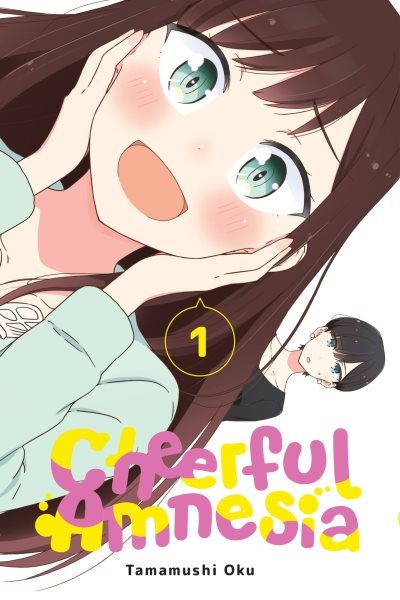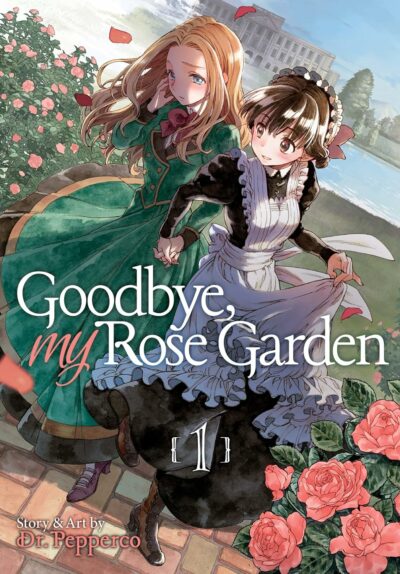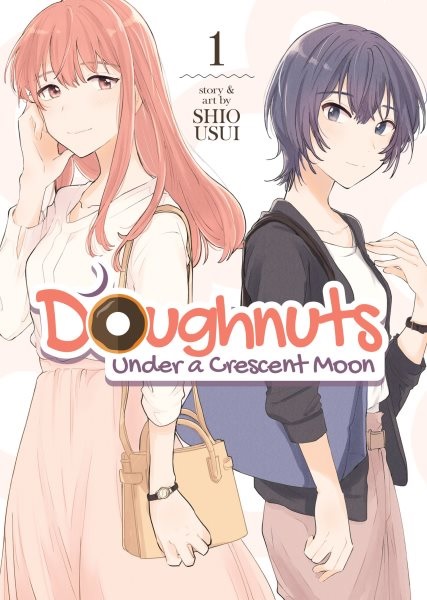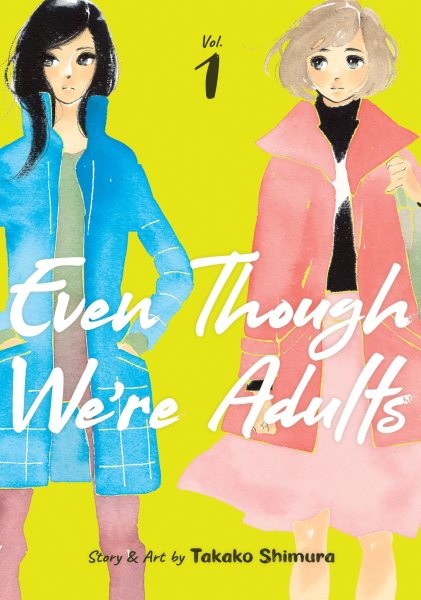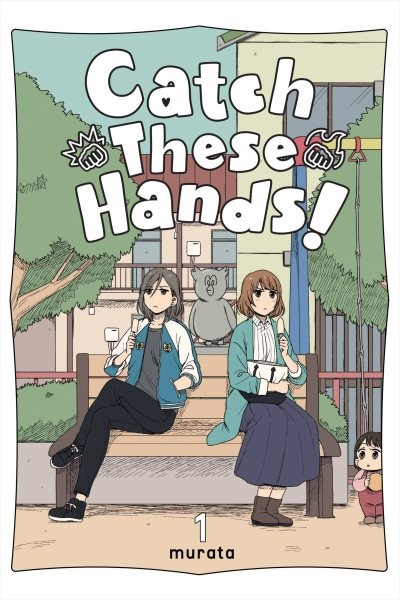Japan has an extensive history of queer art. This is true for the traditional arts wherein, for one example, the famous 17th-century kabuki actor Ayame famously advocated for men who played female roles to live every facet of their lives as women. Likewise, there are many homoerotic paintings among pre-Meiji era erotic paintings, an art history topic to which some historical scholars have devoted their entire careers. And in pre-war Japan, Class S novels depicting passionate relationships between young women received commercial success and critical acclaim.
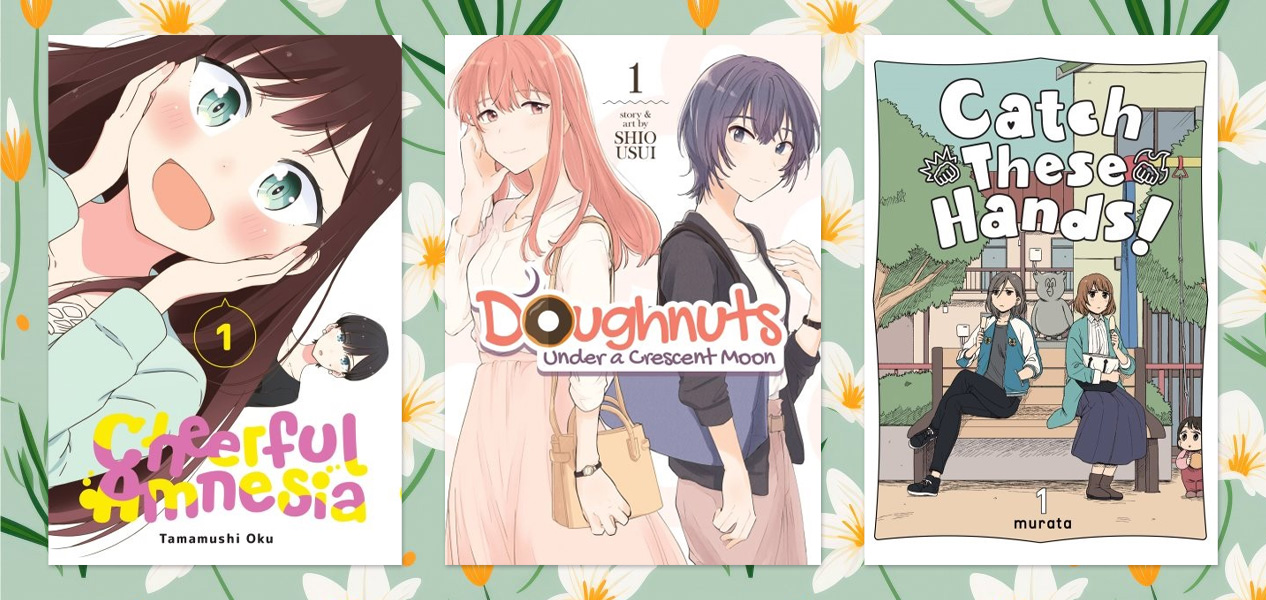
To this day, we still have many queer stories coming out of Japan. It’s one of the reasons why I love manga so much! There is a wide variety of queer manga covering various themes and identities, and they can be funny, sad, risqué, chaste, tragic and triumphant. Today, I’m going to narrow my focus on the Yuri genre.
Yuri literally translates from the Japanese to “lily” or “lilies” and has been adopted as the modern term for Sapphic romance media from Japan. It is also common to see the term “Girls’ Love” used in order to mirror its Achillean equivalent, “Boys’ Love.” Since Yuri is a Japanese genre, its conventions are defined by Japanese culture, lending these stories a different texture than Sapphic romance written elsewhere. Yuri shares many tropes with Sapphic romance around the world, but it has plenty of its own and often takes cues from pioneering works such as Revolutionary Girl Utena, The Rose of Versailles and the aforementioned Class S novels.
Yuri is a rich genre, equally capable of breaking your heart or healing it. I’ll try to offer a little of both, but I won’t lie; I do like a good tearjerker. Let’s get started!
Cheerful Amnesia
by Tamamushi Oku
What would happen if you lost all your memories of your three-year relationship with your lover? According to Tamamushi Oku, you’d fall head over heels for them all over again.
While amnesia is commonly used in fiction for angst, Oku-sensei said, “Okay, but what if it was funny?” In this adorably sexy romantic comedy, Arisa and Mari struggle to have the same relationship they used to, but not for the reasons you would think. Arisa is totally down to live with Mari, sleep in the same bed with her and much, much more. The problem is that Arisa was always the one to initiate sex, and she no longer remembers how. She and Mari still desire one another, but both find themselves too shy to go all the way.
Cheerful Amnesia gets a lot of mileage out of what is essentially one joke (i.e., my girlfriend is super hot, but I’ve forgotten all my moves). Usually, these 4-koma (manga’s rough equivalent to gag-a-day comic strips) aren’t the sort of thing you sit and read cover-to-cover, but that’s exactly what I found myself doing here.
What I found so compelling was Arisa’s freedom to be unabashedly thirsty for her girlfriend. Sapphic women in the real world often have to conceal their interest in other women for fear of homophobic violence or being perceived as predators. So, watching Arisa openly lust for her live-in girlfriend is extremely cathartic. Not only is Arisa not judged for her desires, but it’s actually a big part of her charm from both the audience’s perspective and Mari’s.
Cheerful Amnesia treats sex as fun and silly, and it’s easy to miss just how impactful something so simple can be. This goofy, sexy series is great on its own or makes a good palate cleanser after you read some of the more bittersweet stories I have to recommend.
Find Cheerful Amnesia in our collection.
Goodbye, My Rose Garden
by Doctor Pepperco
Oh, hey, speaking of bittersweet stories.
For much of the 19th and 20th centuries, queer stories had to end in tragedy in order to appease those who would oppress queer voices. This was true in Victorian England, the early years of Hollywood and the Class S genre in Japan. Goodbye, My Rose Garden is something of a commentary on that literary trope, uniting English noblewoman Alice with Japanese girl Hanako in a struggle for life and love.
Alice considers her attraction to women to be an illness that she could spread to others and is actively seeking her Hays Code-mandated death. Hanako is an aspiring author who finds that Edwardian society is just as dismissive of women as her homeland. Hanako ends up working as a maid for Alice. After Alice requests that Hanako take her life, Hanako seeks to save Alice from her suicidal ideation.
Goodbye, My Rose Garden plunges the depths of self-loathing, but that darkness makes the light shine brighter. This is very much a modern commentary on an old cliche that many readers dislike, and you can probably guess what direction the story will ultimately go. But seeing Alice and Hanako reach that point is a journey full of joy and tears. I think there are people who need stories like this. And for those people, this series will almost definitely touch your heart.
Find Goodbye, My Rose Garden in our collection.
Doughnuts Under a Crescent Moon
by Shio Usui
We’re not done talking about self-loathing lesbians.
Hinako is into makeup, fashion and dating (sort of). She can’t deny that her interests in makeup and fashion are partly for the benefit of others. And it’s becoming increasingly difficult to ignore that her dating men is entirely for appearances.
Sato, though? The cool, stoic senior at work? She doesn’t seem worried about appearances at all. Hinako greatly admires Sato for that. And Sato admires Hinako as well! It looks like that mutual admiration might grow into something more intimate.
If only it were that simple.
Much like Goodbye, My Rose Garden, the mood of this four-volume series ebbs and flows, dealing with personal trauma and the struggles of being a queer woman in an often unwelcoming society. In addition to the budding romance between Sato and Hinako, Sato’s relationship with her charming little sister, Subaru, brings both levity and drama to the story.
Doughnuts Under a Crescent Moon is a story about the burden of expectations and discovering happiness and freedom in the face of that burden. Seeing the lead characters support and affirm each other warmed my heart, and I enjoyed the series’ nuanced approach to the role of makeup and fashion in women’s lives. Plus, Subaru is a great supporting character, acting as both a wingwoman and an obstacle in Hinako and Sato’s budding relationship. I came to love these characters, and I hope you will, too!
Find Doughnuts Under a Crescent Moon in our collection.
Even Though We’re Adults
by Takako Shimura
This is a somber and bittersweet story about one woman picking up another at a bar, taking her home, making out with her and discovering she’s married. I can’t go into too much more detail storywise, as the work plays with your expectations. But I will say that this is coming from Takako Shimura, famous for Wandering Son and Sweet Blue Flowers. Both works are critically acclaimed for their queer representation, and both works are about children exploring and understanding their identities.
Even Though We’re Adults is a story about two grown women, one of whom is cheating on her husband, so it’s a very different beast. It’s the most compelling sort of train wreck story. Characters repeatedly make horrible decisions, but the reader understands the reasons for their choices and can’t look away from the carnage. If you’re into the sort of drama that revolves around emotionally compromised people making the worst choices they possibly can, then I highly recommend this title.
Find Even Though We’re Adults in our collection.
Catch These Hands!
by murata
I was only going to make four recommendations, but I did promise I would try to balance out the bittersweet with some plain old sweet. So here’s another silly one to see us out.
Takebe never really got over her days as a sukeban (leader of a girl gang). She resolves to finally act like a “proper” adult woman, but that swiftly falls apart when she’s reunited with her old rival, Soramori. Takebe never beat Soramori in a fight, and it seems she still can’t. After challenging Soramori and losing, Takebe tells Soramori to make one request as her “spoils of war.” Soramori’s request is simple; she asks Takebe out on a date!
Despite her immaturity, Takebe’s fiery personality and boyish charm make her an attractive, romantic lead. The contrast between Soramori’s unassuming cuteness and awkward attempts at romantic intimacy makes her an equally endearing love interest.
Similar to Cheerful Amnesia, Catch These Hands! is a goofy comedy about two awkward women fumbling their way through a relationship. I found the characters a little more grounded in comparison to Cheerful Amnesia, and they’re certainly nowhere near as eager to jump in the sack. Even so, Catch These Hands! has a similar appeal because the women’s attraction to other women is allowed to exist without fear of retaliation.
Catch These Hands! was a bit of an afterthought on this list, but the more I write this section, the more charming I realize this title is. It’s a silly comedy with a silly premise, and there’s always room for another one of those. But in addition to all that silliness, the art, character design and characterization all have more depth than I expected. I’m really glad I decided to include it, and I really think you should give it a read.

